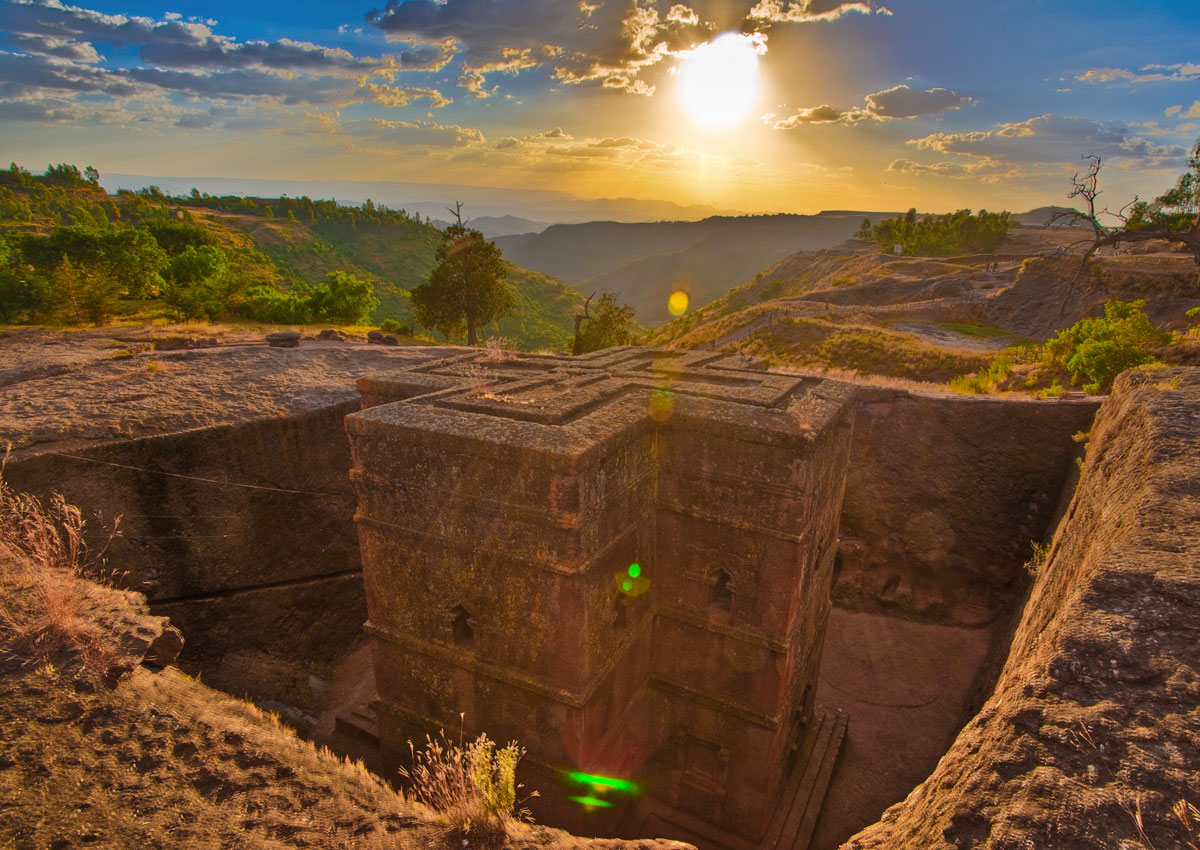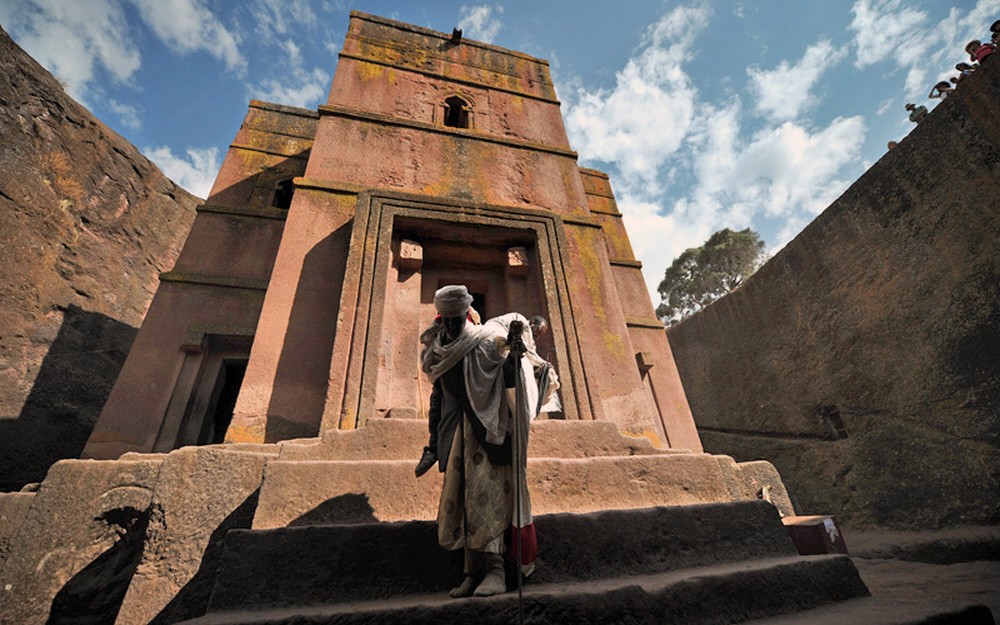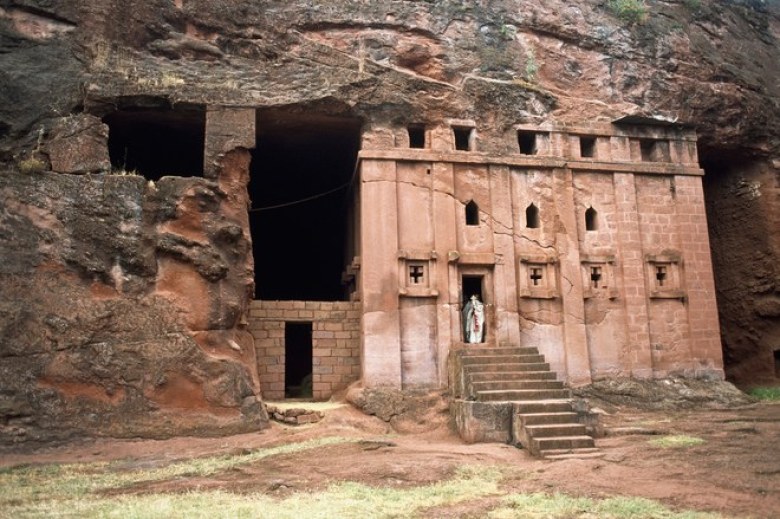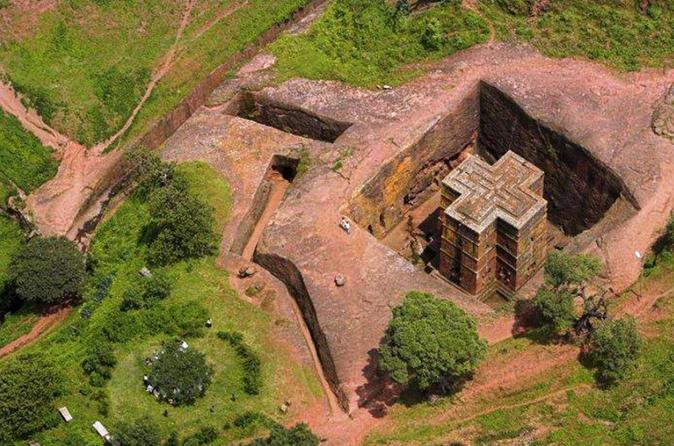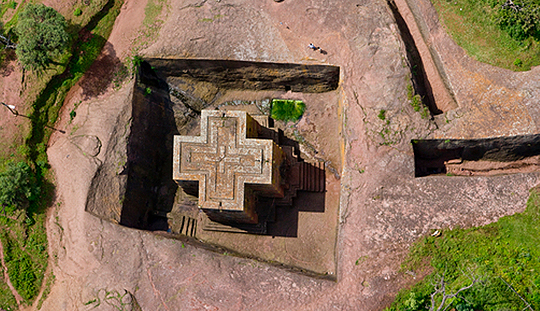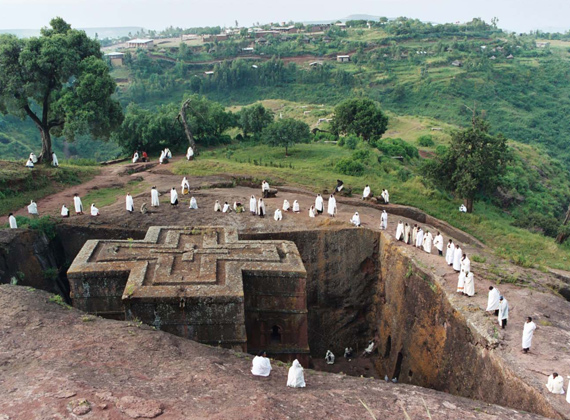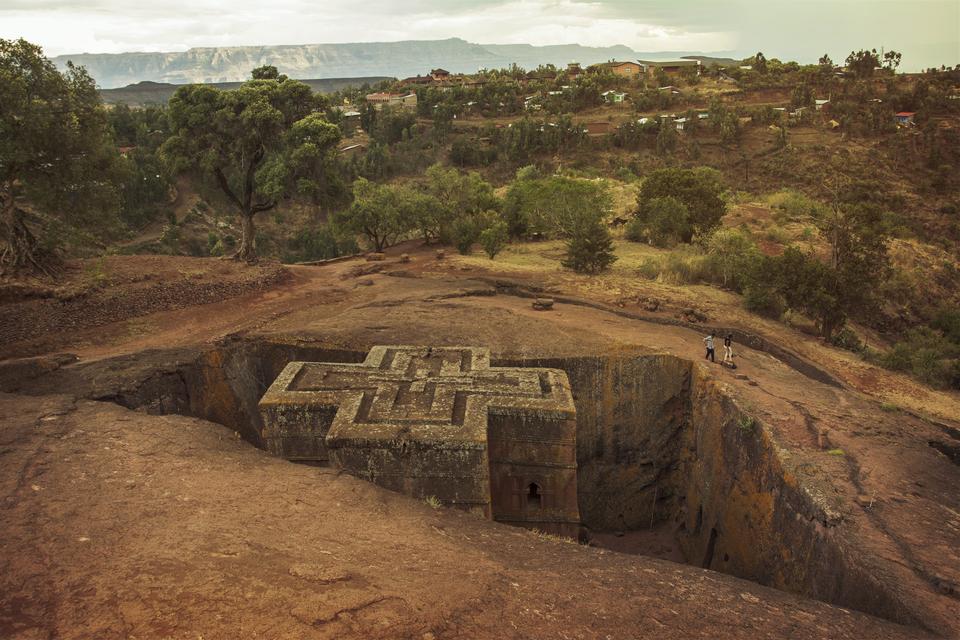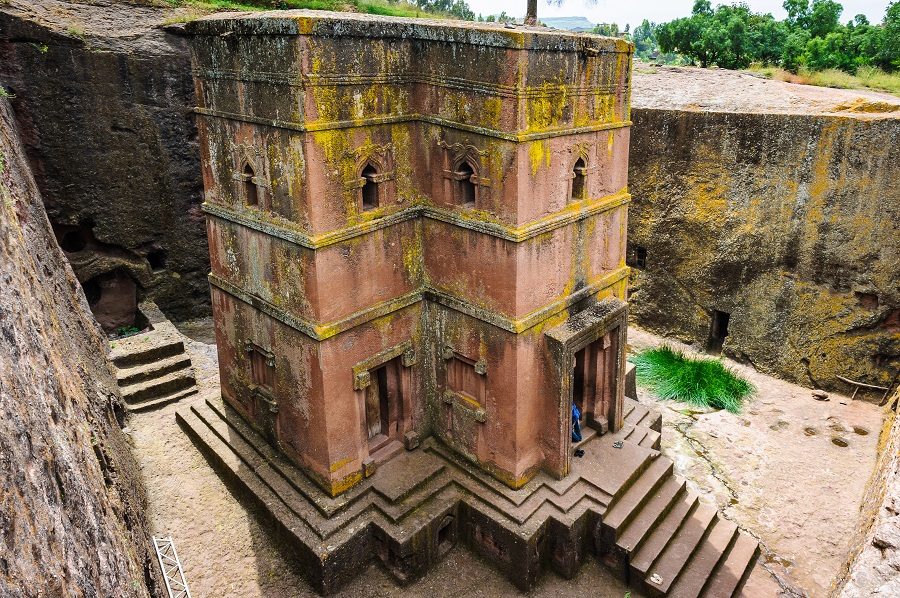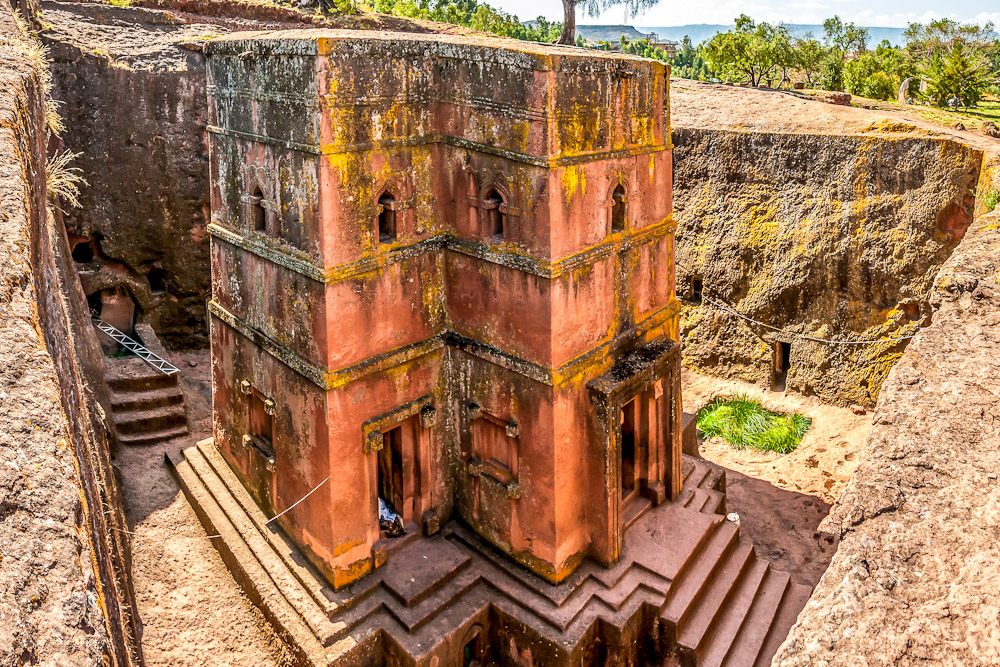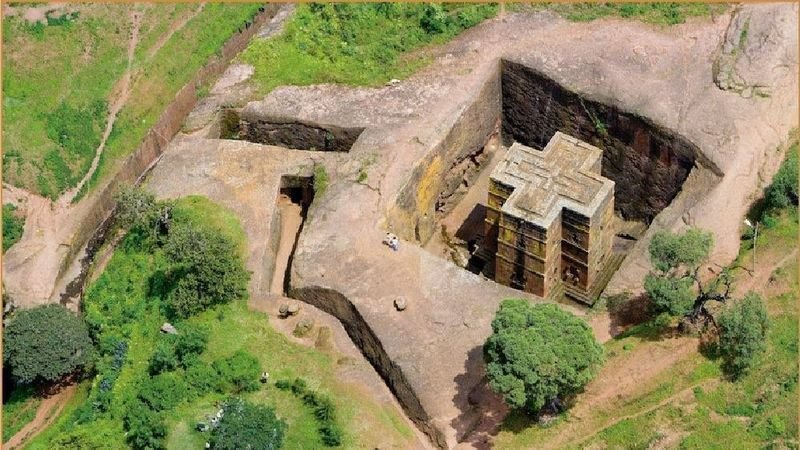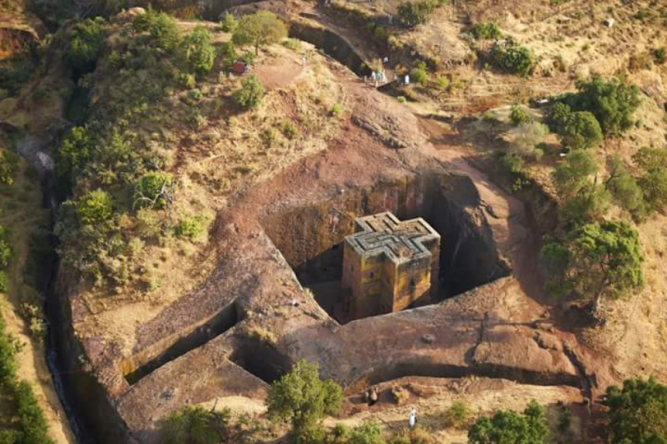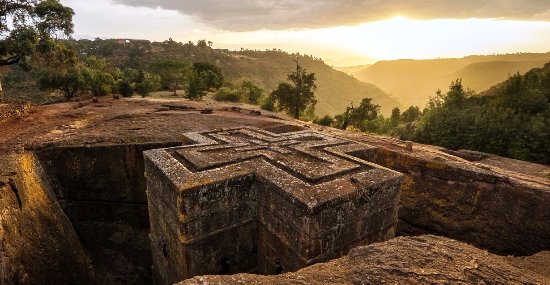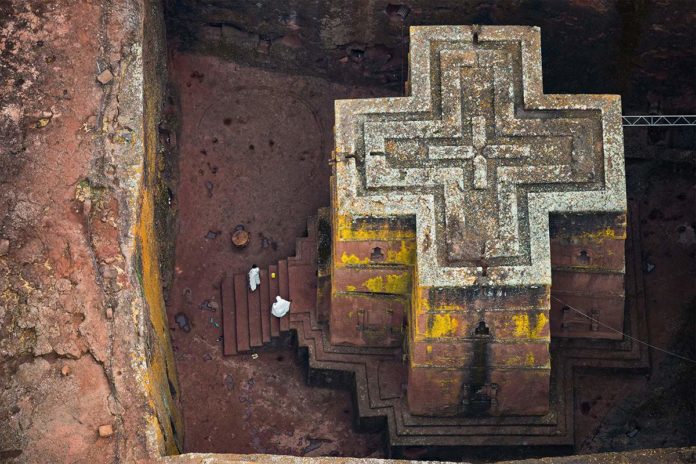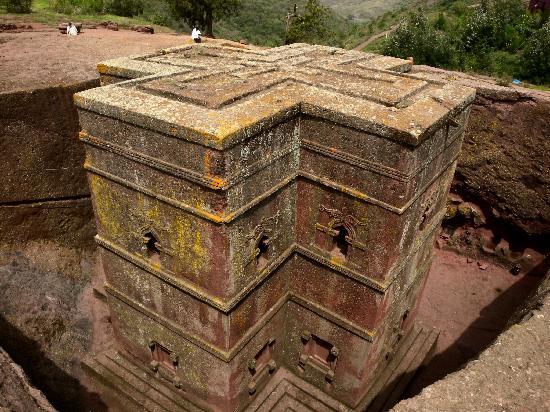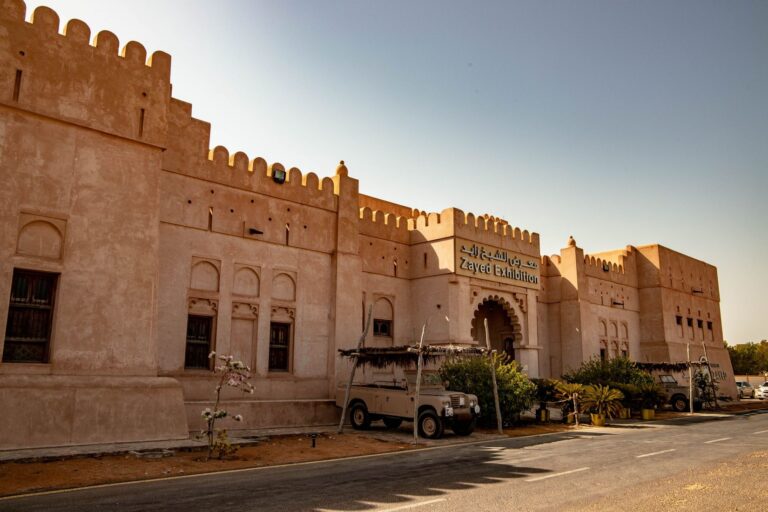Information
Lalibela� (Amharic:� ላሊ� ላ) is a town in� Amhara Region, Ethiopia famous for its� rock-cut� monolithic churches. The whole of Lalibela is a large antiquity of the medieval and post-medieval civilization of� Ethiopia.� Lalibela is one of Ethiopia’s holiest cities, second only to� Axum, and a center of� pilgrimage. Unlike Axum, the population of Lalibela is almost completely� Ethiopian Orthodox Christian.
Ethiopia was one of the earliest nations to adopt Christianity in the first half of the fourth century, and its historical roots date to the time of the� Apostles. The churches themselves date from the seventh to thirteenth centuries, and are traditionally dated to the reign of the� Zagwe� king� Gebre Mesqel Lalibela� (r. ca. 1181–1221).
The layout and names of the major buildings in Lalibela are widely accepted, especially by local clergy, to be a symbolic representation of� Jerusalem. This has led some experts to date the current church forms to the years following the capture of Jerusalem in 1187 by the Muslim leader� Saladin.
Lalibela is located in the� North Wollo Zone� of the� Amhara Region, at roughly 2,500 meters (8,200� ft) above� sea level. It is the main town in� Lasta� woreda, which was formerly part of� Bugna� woreda. The Rock-Hewn Churches were declared a� World Heritage site� in 1978.
Pictures
Videos
Useful Links
